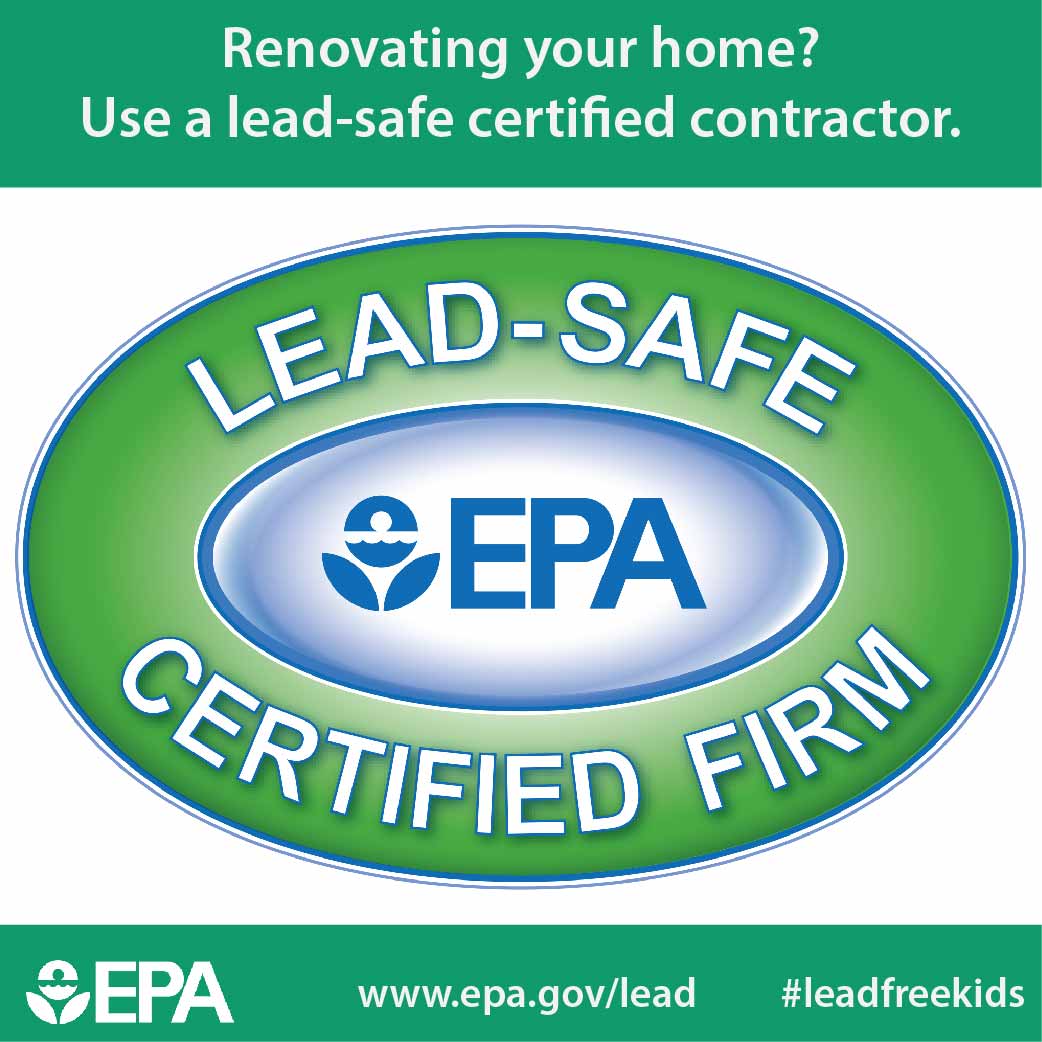Seasonal Factors In Commercial Exterior Painting: Key Insights You Must Recognize
Seasonal Factors In Commercial Exterior Painting: Key Insights You Must Recognize
Blog Article
Writer-McLamb Rosendal
When you're preparing an industrial external painting job, seasonal elements can make or break your outcomes. Read the Full Document 'll want to think about just how temperature level and moisture impact paint application and drying out times. Selecting the best period can ensure your paint adheres effectively and lasts much longer. However which seasons are really the very best for this kind of work? Let's explore the key elements that can affect your project's success.
The Effect of Temperature on Paint Application
When you're preparing a business exterior painting job, the temperature can dramatically impact exactly how well the paint sticks and dries out.
Preferably, you wish to paint when temperature levels vary in between 50 ° F and 85 ° F. If it's as well cold, the paint may not cure effectively, causing problems like peeling or splitting.
On the flip side, if it's also warm, the paint can dry also swiftly, stopping correct bond and resulting in an uneven surface.
You need to additionally take into consideration the moment of day; morning or late afternoon uses cooler temperatures, which can be much more beneficial.
Constantly inspect the supplier's suggestions for the details paint you're utilizing, as they typically provide assistance on the ideal temperature level variety for optimum outcomes.
Humidity and Its Effect on Drying Times
Temperature level isn't the only ecological element that affects your industrial outside paint project; humidity plays a substantial duty as well. High humidity levels can slow down drying out times considerably, affecting the general quality of your paint job.
When the air is saturated with wetness, the paint takes longer to treat, which can bring about problems like inadequate adhesion and a higher danger of mold development. If you're repainting on an especially damp day, be prepared for extended wait times between coats.
It's critical to check local weather conditions and plan as necessary. Preferably, https://stephenowchl.get-blogging.com/34971845/learn-about-the-innovative-methods-and-patterns-in-house-painting-and-let-on-your-own-be-charmed-by-the-creative-methods-to-upgrade-your-home for moisture levels in between 40% and 70% for optimal drying out.
Maintaining these consider mind ensures your project remains on track and supplies a long lasting finish.
Best Seasons for Commercial Exterior Painting Projects
What's the most effective time of year for your business exterior paint projects?
Spring and very early loss are commonly your best options. During these seasons, temperatures are light, and humidity degrees are commonly reduced, producing excellent problems for paint application and drying out.
Avoid summer season's intense heat, which can create paint to dry too quickly, causing inadequate attachment and coating. Similarly, winter season's chilly temperatures can impede appropriate drying and treating, running the risk of the longevity of your paint task.
Go for days with temperature levels in between 50 ° F and 85 ° F for optimal results. Keep in mind to check the neighborhood weather forecast for rain, as wet problems can destroy your project.
Planning around these aspects guarantees your painting task runs efficiently and lasts longer.
Verdict
In conclusion, planning your business external painting projects around seasonal considerations can make a significant distinction in the end result. By organizing work throughout the perfect temperatures and moisture degrees, you'll guarantee better attachment and drying times. Keep in mind to keep an eye on local weather report and pick the correct time of year-- springtime and early loss are your best options. Taking these steps will help you accomplish a sturdy and professional finish that lasts.
